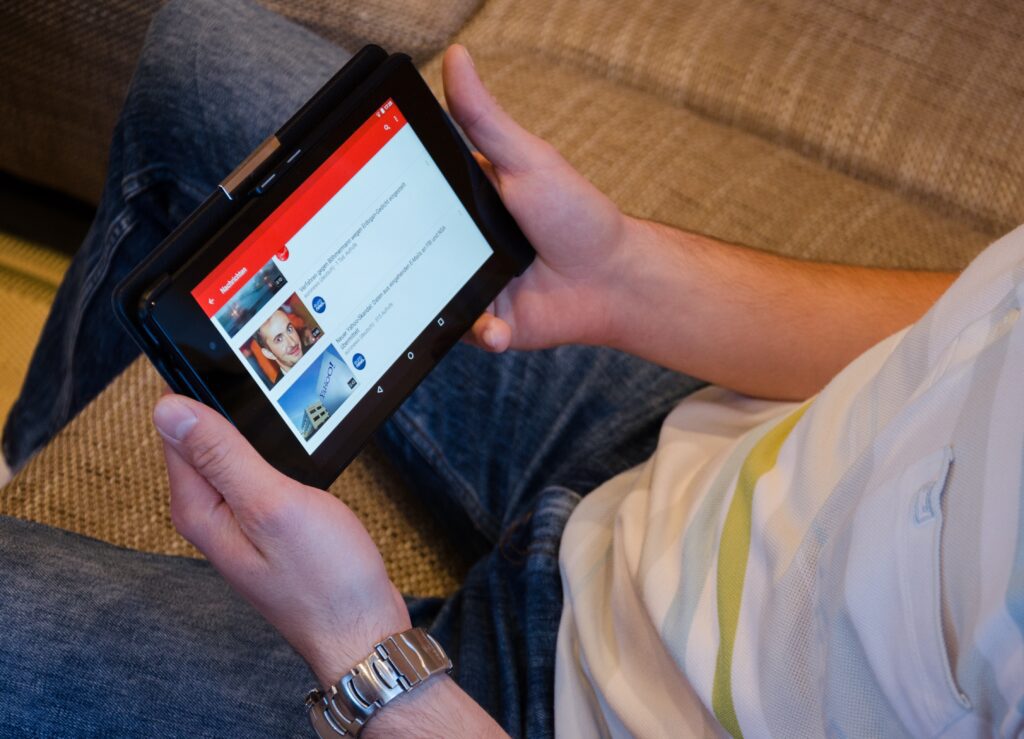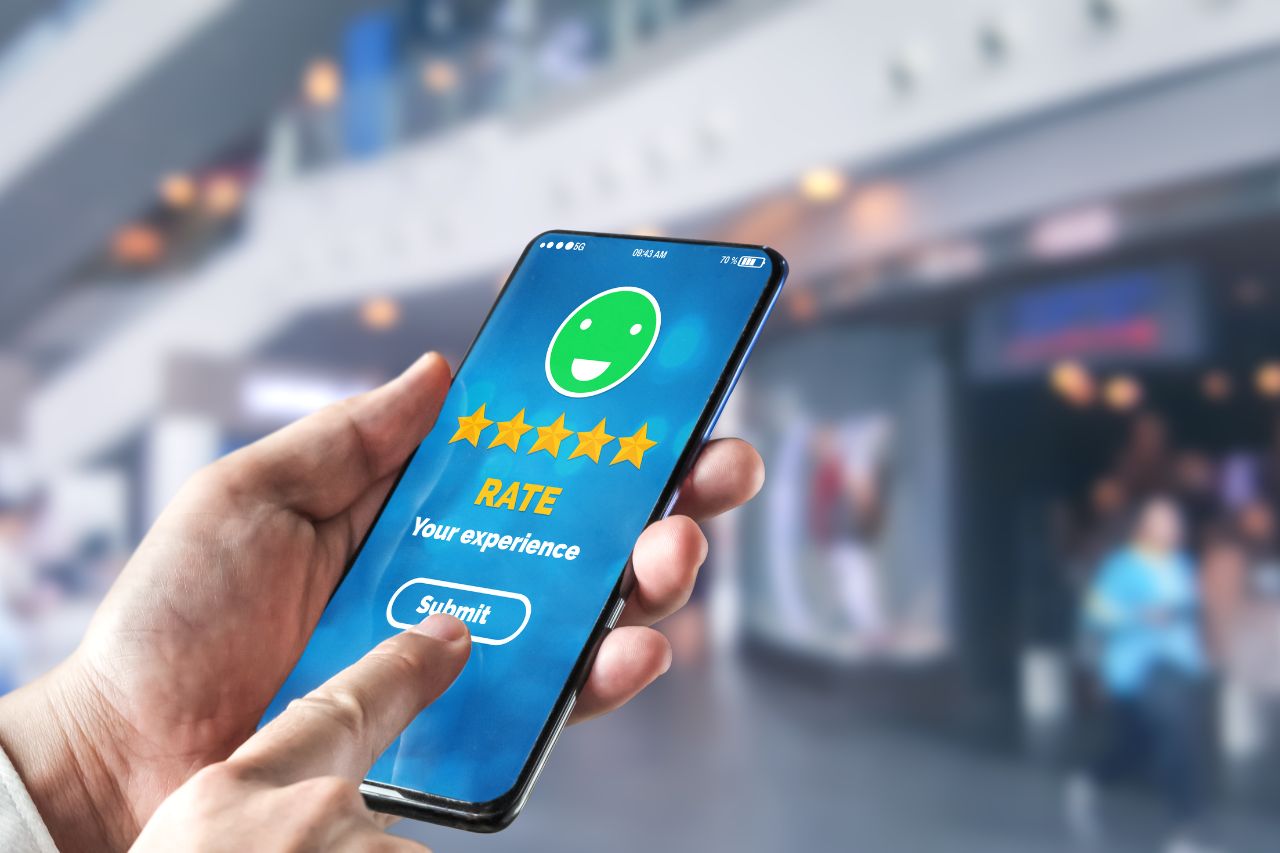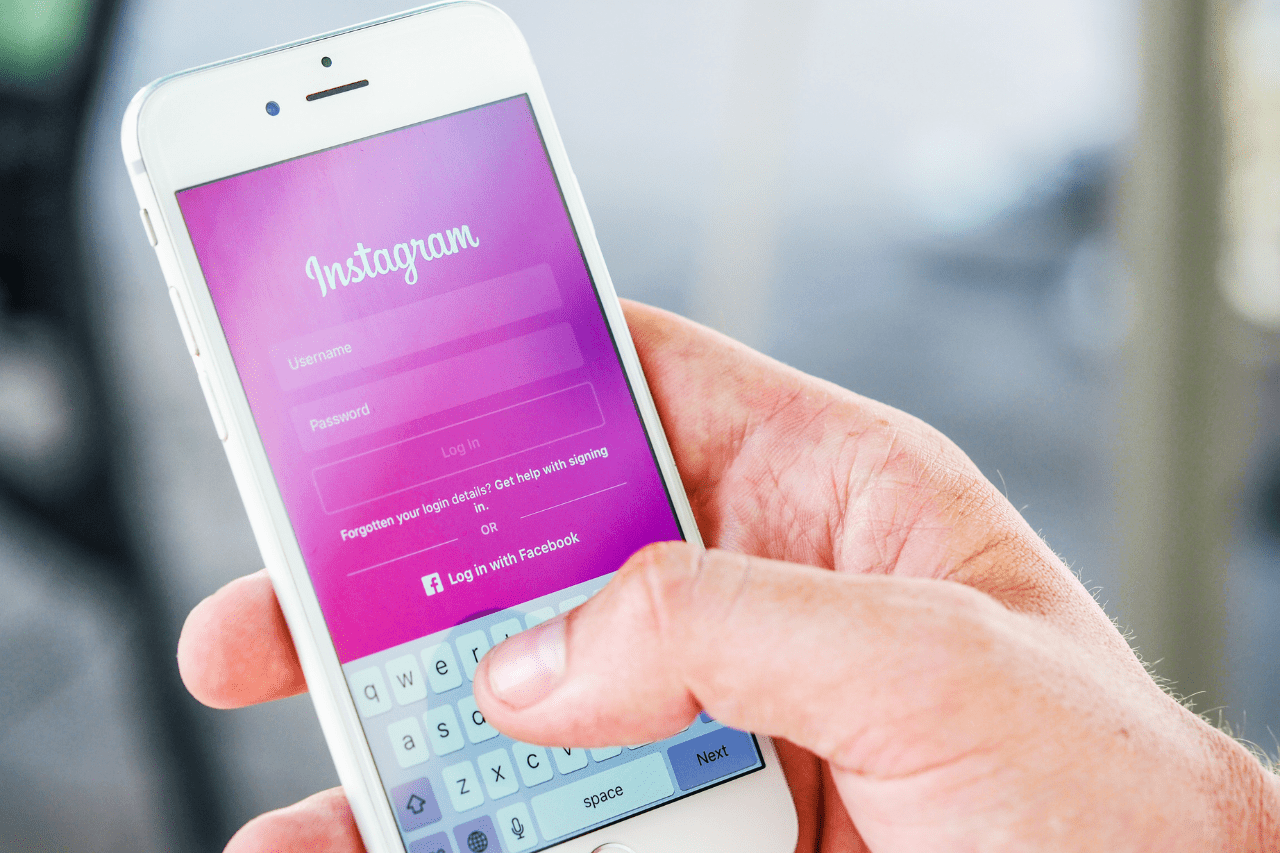Social media can be an excellent way to reach new customers and drive revenue for your business, yet keeping followers engaged can be challenging. There are various strategies you can employ in order to expand your organic social media following.
Consistency in posting can give your account an advantage in social media competition. Social media algorithms favor accounts that post regularly because this increases their chance of appearing in followers’ feeds.
Consistent branding
One of the cornerstones of successful social media marketing is consistent branding. This encompasses everything from tone of voice and aesthetics and can increase audience engagement and brand recognition/visibility. Some of today’s most recognizable brands like Nike and Adidas maintain a consistent presence online with easily recognizable branding that resonates with their target audiences.
Create customized types of content to increase audience engagement. This could mean repurposing posts into blogs, tweets, and videos; or asking what types of posts they prefer so you can tailor content creation accordingly.
Be sure to enlist the support of your executive team when expanding your presence on social media. Doing this will give your efforts the credibility they require to expand further and attract more followers; for instance, Figo Pet Insurance launched their TikTok channel in 2023 and has seen tremendous growth and revenue as a result of their efforts.
Engaging content
In order to organically increase social media following on all platforms, businesses must produce engaging content that draws followers in. It must be useful and interesting for customers while inspiring emotions such as trust, curiosity, and desire – as well as encourage interaction between brand and audience through sharing, commenting, or subscribing.
Engaging content reflects a company’s values and culture, often written in an accessible voice that resonates with its target audience. Furthermore, engaging content should include reliable sources to strengthen the credibility and authority of its message while being optimized for mobile devices to ensure it can be read easily on any device.
Social media competition analysis is essential in understanding what works and doesn’t work on social media platforms like social media. By learning from competitors’ successes, you can duplicate them and expand your own audience. One effective strategy to do this is following companies in your industry as well as utilizing marketing-related hashtags and keywords in posts you make; when other users search these terms they are more likely to discover your posts and follow you.
Optimal posting times
Posting at optimal times is key to increasing organic social media following across platforms. Recent posts will receive greater prominence on newsfeeds, so marketers must ensure content is posted at its optimal times to avoid losing time and money on ineffective marketing efforts. To maximize engagement, marketers should carefully plan content schedules to ensure it’s published at optimal moments.
Generally, the best time for posting on Facebook is afternoon or evening as this is when people tend to be spending more free time using mobile devices. However, peak engagement times may become overcrowded with content from other brands so it is wise to experiment with different posting times until finding one which resonates best with your target audience.
Keep in mind that optimal posting times depend on your industry, such as financial services companies may experience more engagement on Instagram by posting between 9 p.m. and 12 a.m. Sunday evening when most followers are relaxing after a hectic workweek.
Cross-promotion
Cross-promotion can be an effective strategy to organically increase your social media following across platforms. Knowing how to effectively apply this tactic and reach your target audience while expanding your business is paramount for success. By combining organic and paid strategies, you can broaden your reach while drawing in new customers.
Remember that social media users differ depending on which platform you’re on. Your content must match each platform’s style, tone, and audience – for instance, a wine and painting class on Facebook may not translate well to Instagram and vice versa. Also, consider differences between post length and format requirements on each social network when crafting posts for each.
Take care to promote cross-promotion in an organic manner to avoid alienating your audience. Use platforms that enable linking posts together and cross-promotion tools like Link Tree; this will save time and effort while making sure your content reaches as many people as possible. You could also include links to your social media profiles on websites, storefronts or in your email signatures for optimal success.
Collaborations
Collaboration can be an effective way to expand your social media following. Partnering with other businesses or influencers within your industry can introduce you to new followers, resources, and ideas – provided communication remains professional and expectations clear for the project. Also, remember to track successes and failures for future collaborations!
Collaborations offer another great advantage to businesses: they expose your audience to more diverse forms of content than you could produce alone. This is particularly helpful for small businesses that want to expand their reach to potential consumers; for instance, having a local chef promote garlic rice can increase customer engagement with your brand.
When planning a collaboration, be sure to choose partners that share your values and vision; this will ensure your audience remains engaged with the content. Furthermore, it’s smart to monitor the results of collaborations such as their effects on engagement or sales.
Influencer partnerships
Influencer partnerships can be an excellent way to organically increase your social media following across platforms while being cost-effective compared with traditional advertising campaigns and reaching new potential customers. When setting out on an influencer partnership campaign, it’s essential that the goals be clearly established before beginning work; these may range from increasing brand recognition and driving sales to qualitative goals such as creating authentic content that resonates with your target audience.
To maximize the efficacy of an influencer marketing campaign, choose influencers who align with your brand and have relevant niches. It is also essential that terms and compensation arrangements are mutually beneficial; this may include both financial compensation and product samples. Afterward, track its effectiveness through metrics such as click-through rates and sales generated; keeping up with changes in ethics and legal standards will ensure your campaign complies with all laws and regulations will also help.
Contests
Social media contests can be an excellent way to build awareness for your brand while engaging the target audience. They’re usually less expensive than other marketing strategies and can amplify reach significantly while providing invaluable demographic data at scale. Paid ads can further amp up engagement.
Your contest selection should reflect both your business goals and those of the campaign itself. A photo contest, for instance, can be an engaging way to encourage followers to post their pictures – and especially effective on platforms like Instagram where posts reach millions of people!
Your contest duration should also be carefully considered. Depending on its type and prize offer, you may wish to run it for several days or weeks. Furthermore, interactive features in your contests could incentivize audience participation – for instance asking them to like, follow, retweet, or tag you when submitting submissions.
Giveaways
No matter your goals for expanding social media followers, lead generation, or brand recognition are giveaways an excellent way to meet them. These interactive campaigns incentivize audience participation by offering prizes or discounts when liking and sharing posts, commenting, tagging friends, or signing up for your mailing list.
What type of giveaway you select depends on the goals and measures for the success of your campaign, such as followers or email subscribers you need. Once you know which type is appropriate for you and your business, planning and executing it becomes much simpler.
Popular giveaways on social media typically offer entries for liking or tagging posts, commenting, or sharing them – especially by tagging friends in comments or sending links directly via direct messages – these actions can quickly reach campaign goals quickly and effortlessly.











